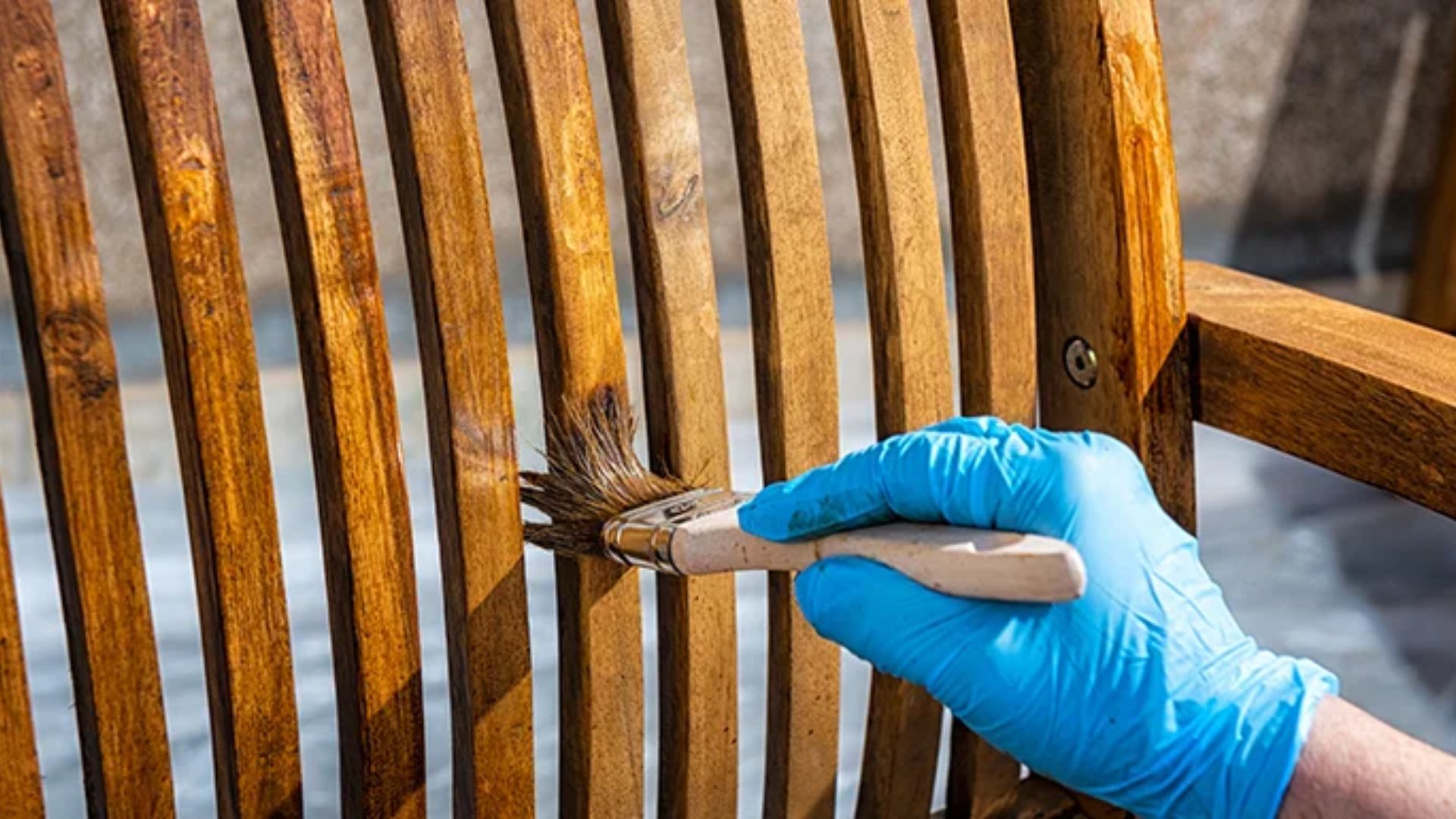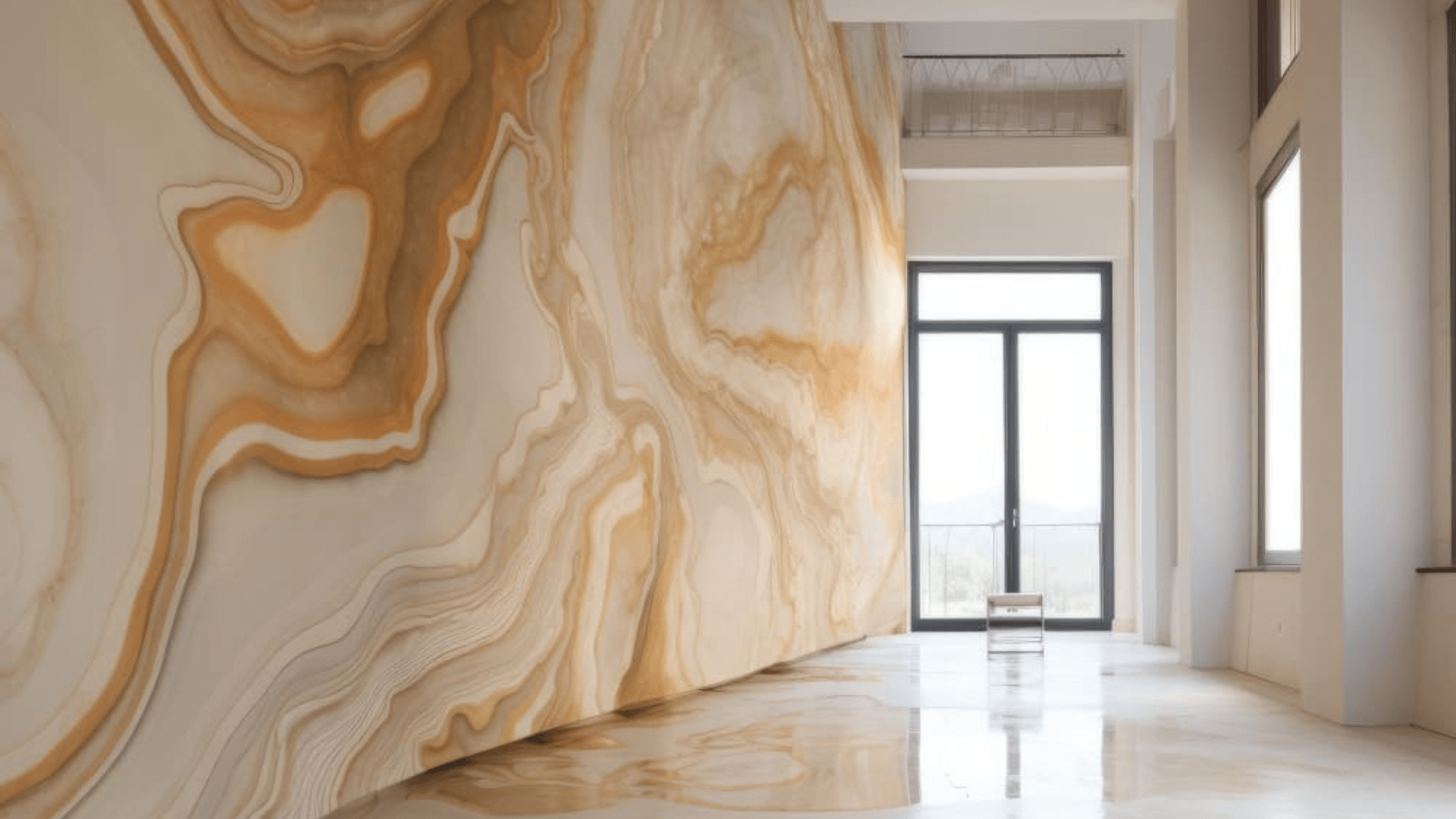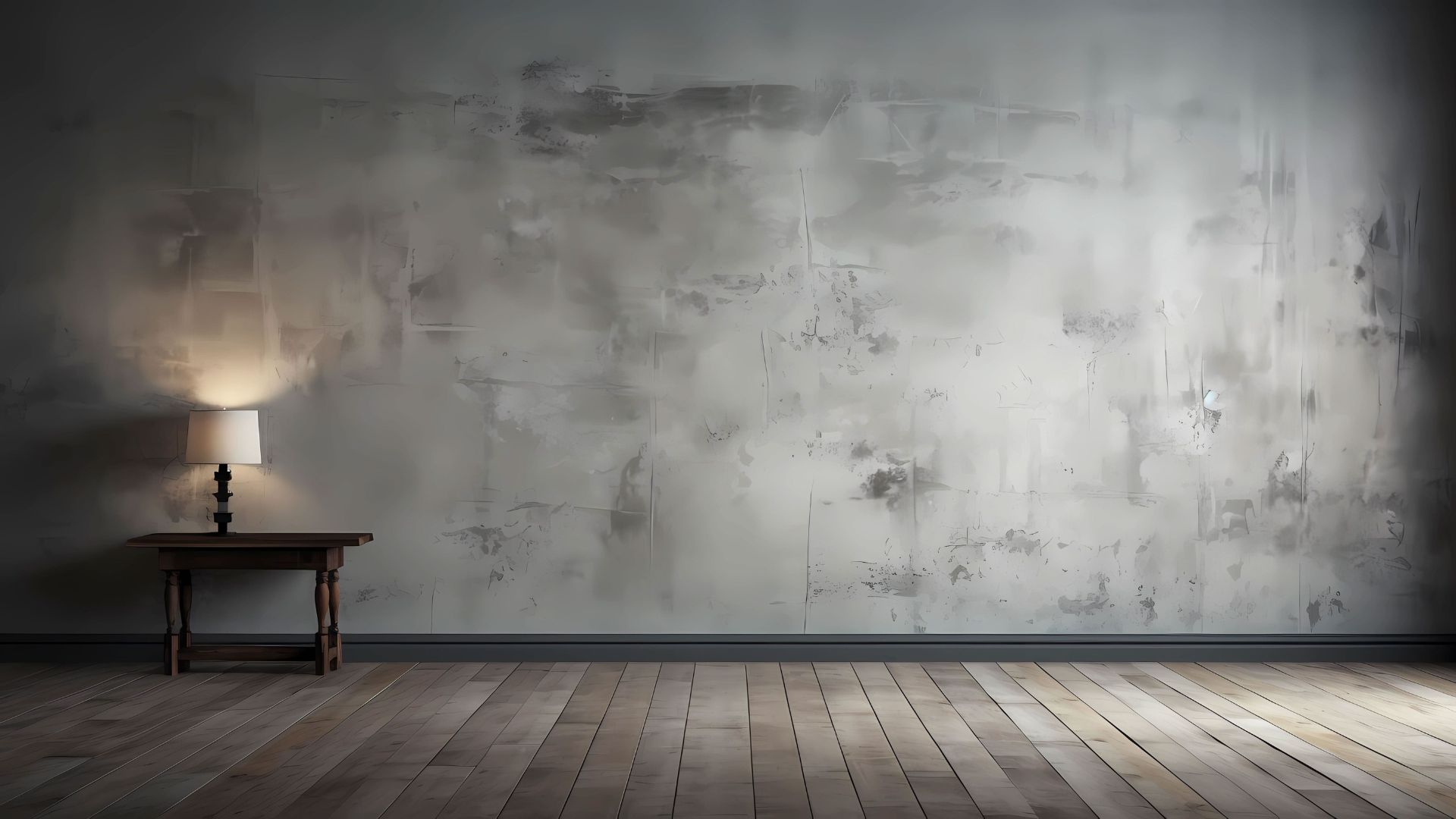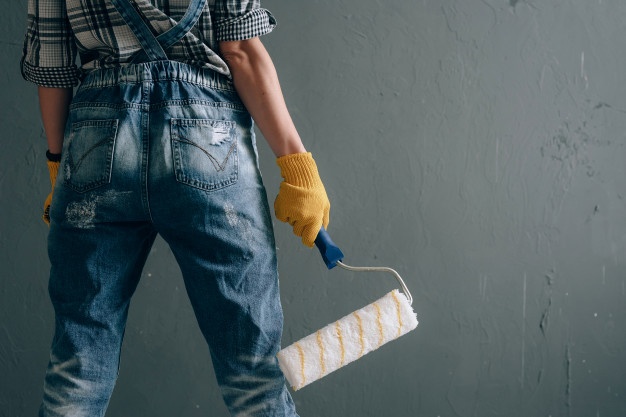Table of Contents
ToggleEmbarking on a DIY painting project is a rewarding endeavor, but safety should always be the first brushstroke. In this guide, Home Glazer offers essential safety tips for DIY painting enthusiasts, ensuring that every stroke is not only a creative expression but a secure one. Let’s explore the key measures to transform your DIY painting project into a masterpiece with safety at the forefront.
Tips for DIY painting enthusiasts
Safety Gear Selection:
- Respirators or Masks: Protect yourself from inhaling paint fumes or dust by wearing a respirator or mask designed for painting tasks.
- Eye Protection: Shield your eyes from splatters and potential debris by donning safety glasses or goggles.
- Gloves: Keep your hands safe from chemicals in paint by wearing gloves. Choose the appropriate material based on the type of paint you’re using.
- Clothing: Opt for long sleeves and pants to minimize skin exposure. Consider using coveralls for added protection.
Ventilation:
- Open Windows and Doors: Ensure proper airflow by opening windows and doors. This helps in dissipating fumes and maintaining good ventilation.
- Use Fans: Position fans strategically to direct fumes away from your working area. This aids in promoting air circulation.
Preparation and Organization:
- Secure Ladders: If your DIY painting project involves reaching high places, use a stable ladder and ensure it’s positioned on a flat, secure surface.
- Tool and Material Organization: Keep your tools and materials organized to reduce the risk of tripping and facilitate a smoother workflow.
Paint Handling:
- Follow Manufacturer Guidelines: Adhere to the recommended usage and safety guidelines provided by the paint manufacturer.
- Stir in Well-Ventilated Areas: Stirring paint should be done in well-ventilated spaces to minimize inhalation of fumes.
Cleanup and Waste Disposal:
- Dispose of Rags Safely: If using rags for cleaning, ensure they are disposed of safely to prevent combustion.
- Proper Paint Disposal: Follow local regulations for the disposal of paint cans and leftover paint. Some areas have specific guidelines for recycling or disposal.
Emergency Preparedness:
- First Aid Kit: Have a well-stocked first aid kit on hand for minor accidents or injuries.
- Emergency Contacts: Ensure you have emergency contacts readily available in case of a more serious incident.
Conclusion: Brushing Safely, Crafting Beautifully, DIY Painting Enthusiasts
In conclusion, painting safety is an integral part of any DIY painting project. From selecting the right safety gear to proper ventilation, discover the key measures to ensure a secure and enjoyable painting experience. Trust Home Glazer for expert guidance on turning your DIY project into a masterpiece. Home Glazer encourages DIY painting enthusiasts to prioritize safety without compromising creativity. By following these essential safety tips, you can ensure that your DIY painting project not only yields beautiful results but is also a secure and enjoyable experience. And if you have any doubt in mind for doing it yourself, then Hire Home Glazer for an amazing painting experience.
Recent Posts
- A Comprehensive Guide to Wooden Polish Shades for VeneerWith its thin actual timber layer, veneer is an affordable and flexible alternative for furniture and interior surfaces. The aesthetic of a space can be greatly affected… Read more: A Comprehensive Guide to Wooden Polish Shades for Veneer
- Update on Oikos Paints Acquired by Sirca PaintsOikos Paints in april 2023, it was acquired by Sirca Paints surfaced on news headlines. Sirca is one of the leading paint brands in the company. Sirca… Read more: Update on Oikos Paints Acquired by Sirca Paints
- 6 Amazing Tips to Maintain DUCO Paint Design DUCO paint is an Wood paint used in designing and crafting wood decor. It is smooth, glossy cost-effective paint, but also has a high flammability, and low… Read more: 6 Amazing Tips to Maintain DUCO Paint Design
- 5 Asian Paint Stucco Marble Texture Paint Best FeaturesAre you looking for a beautiful texture design for you, well you need to check Asian paint stucco marble texture paint . This is a unique paint … Read more: 5 Asian Paint Stucco Marble Texture Paint Best Features
- 5 Distemper Paint Benefits That Make It The Best Option Does your wall give a synthetic odor? well you need to use Distemper paint? It is made of natural ingredients like chalk, water, and plaster, which keeps… Read more: 5 Distemper Paint Benefits That Make It The Best Option
- 5 Asian Paint Dune Texture Benefits That Makes It Best PaintIf you are looking to add some coziness to your room, you need to check Asian paint Dune texture paint . It is one of the best… Read more: 5 Asian Paint Dune Texture Benefits That Makes It Best Paint















